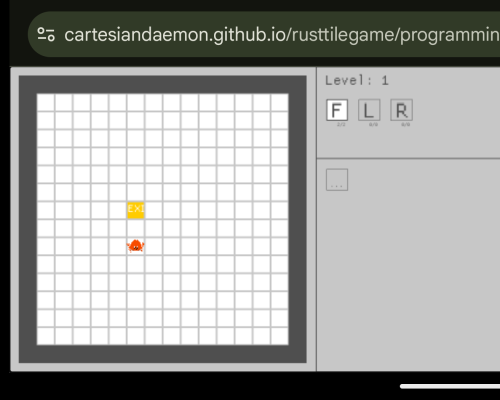Hook
Weather-beaten fighter Ludari is still seeking his home city, the legendary first city Uru, which was mysteriously lost to the timeline, accompanied by the happy-go-lucky carnival rogue Slide and grizzled leather-studded anarchist bard Scunt. Their friend and intermittent adventuring companion prehistoric dinosaur ranger Lucy Dikenesh told Ludari that her BiL heard some sort of rumour of an even older city reminiscent of Uru, and Ludari insists this is a good time to visit Lucy's family, even though Lucy begs off.
But when they arrive in the jungle near Lucy's family's village, they immediately meet Lucy's sister, one of the young elders of the tribe, who implores their help. Her sweetheart and babydaddy (but not coparent) Maku has disappeared on a recent hunt, can they find him?
ChallengesThe jungle has many dangers from poisonous plants, roving dinosaurs, and capricious spirits. The village have a traditional song, recorded in knotted-cord writing often carried like rosaries, recounting the main survival prohibitions. Lucy tries to drill the song into Ludari and Slide, but Scunt takes the "remember the warnings" challenge and runs with it, coining the punk power ballard version "♫ DO NOT EAT THE BERRIES ♫" which becomes a complete hit amongst the party and later the village.
The party lament the absence of their ranger friend who has the only survival skill above 2 and knows the village members well, but they lean on their social skills, common sense, and physically restraining Scunt from provoking village members, spirits and dinosaurs from attacking her to successfully navigate deeper into village territory, avoiding threats more serious than a pile of sleeping rainbow feathered foot-tall cute therapods (their similarly-sized cousins amplify the cuteness with a mesmerising gaze, as do their larger cousins).
The Plot ComplicationsThe party unravel the story of Maku Guphin. He led an important hunt to try to alleviate the last few years' lean hunting, which was ruined by a young overearger hunter called Twinnech. Maku and Twinnech were hunt-lovers and Maku offered himself for judgement to the village's protector spirit the Spindlebeast, to save Twinnech from doing the same.
The party explore options, considering alternative sacrifices, and have a horrific realisation. The Spindlebeast likes sacrifices with meat but also magical reagents. They're familiar with the rainbow mesmerising dinosaurs. They have a familiar for scouting, they have detect magic, they have a variety of skills which complement the local hunters and could make a significant addition to the village's hunt, with more than enough to offer as sacrifice.
But neither the GM nor the players had expected the session to bring in "the party need to kill the cute animals", so that's a new experience for us all! I would never have made them do that on purpose, but when the players found the proposal it seemed inevitable, and we all agreed, the dinosaurs are hunted anyway, it's silly to pretend they're not, and better to save the human.
The FinaleThe players rush through a frantic day of hunting, expedited by rapid-resolving a lot of attempts with one or two summary rolls without playing out the "So we have a big sack, the prey are over there, is this going to work...?" They sneak back to the shrine just before dusk when the hunters have left and supplicate the Spindlebeast for Maku's return.
Ludari leads the braveness charge in putting himself forward for judgement for the proposal. The Spindlebeast expresses its frustration at the lean hunting and Maku's stubbornness, but accepts their offering. There is much partying and singing back in the village, and new songs and clues to bring to future sessions.

